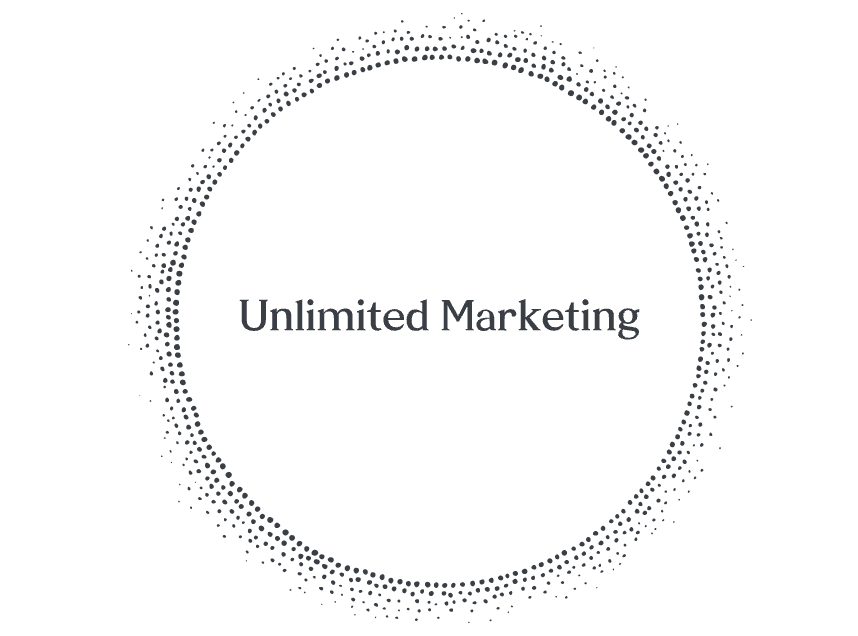Search Engine Optimization (SEO)
Think of search engines as web-surfing robots. They crawl around the internet, collecting info from websites and organizing it in a giant library. This librarian-bot helps users find what they’re looking for. But here’s the catch: it doesn’t read every book (web page) in the library. Instead, it uses a secret recipe of hundreds of ranking signals to decide which pages should show up first in search results.















